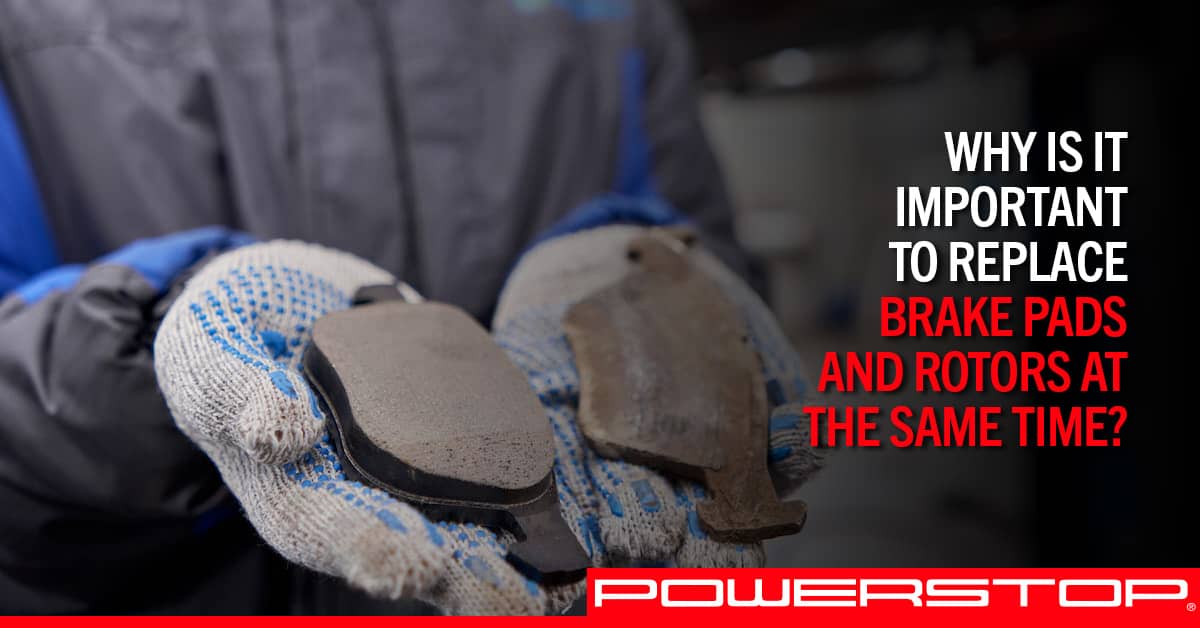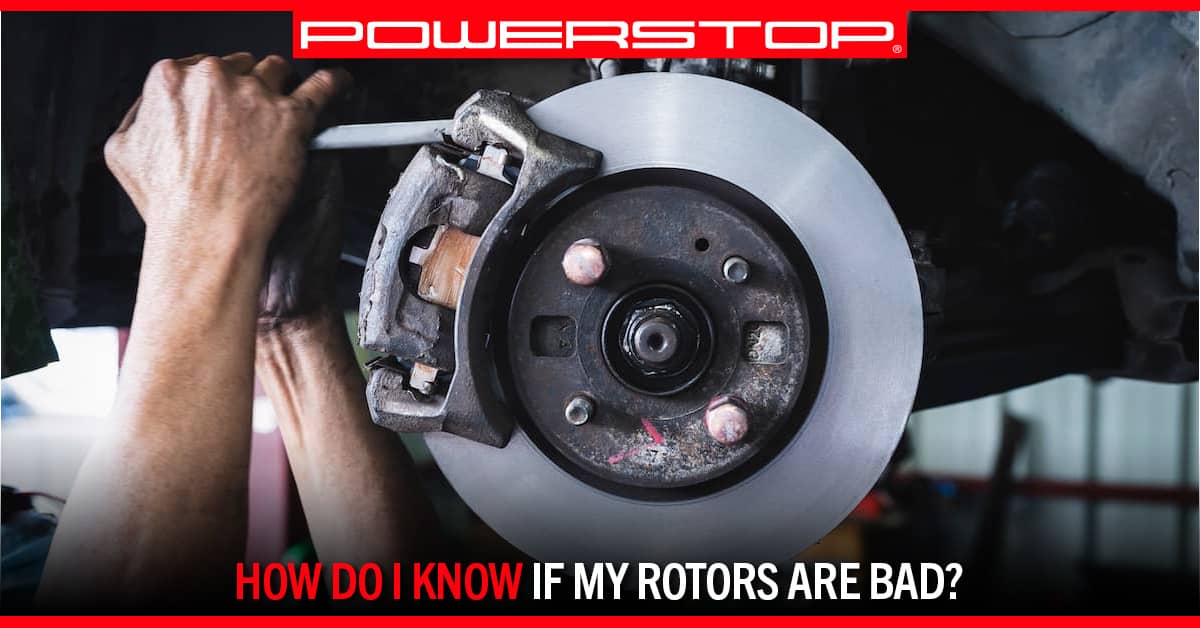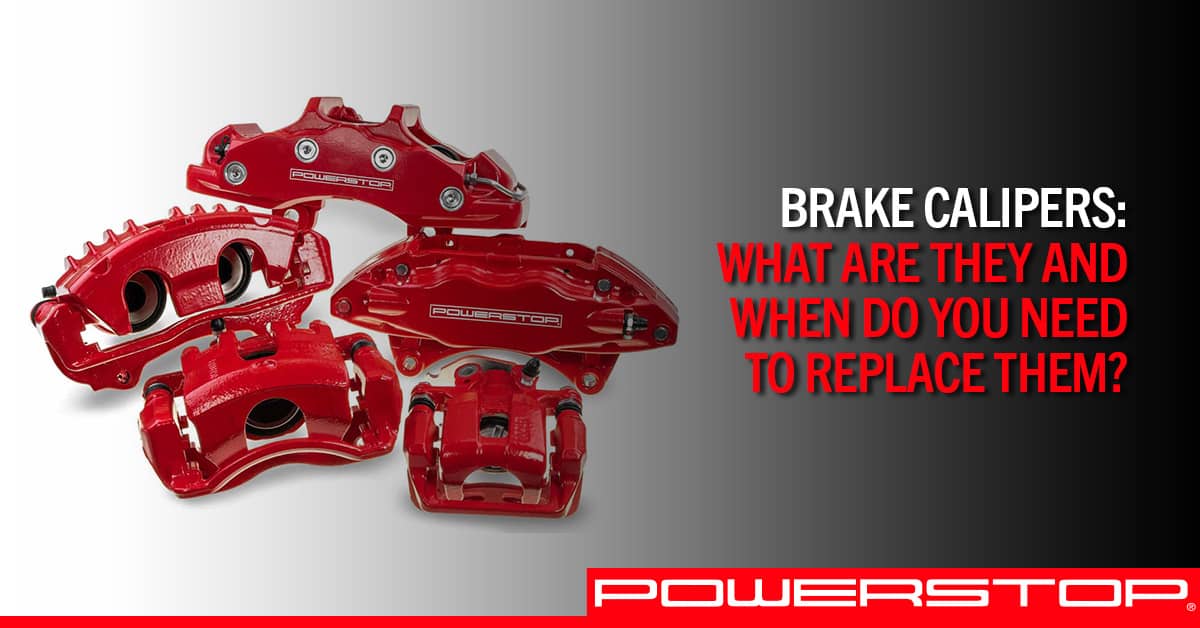
Most professional mechanics recommend that vehicle owners replace brake pads and rotors at the same time. Not only does replacing both braking components at once help with maintenance efficiency, but it can also increase the performance and longevity of your vehicle’s braking system.
Why You Should Replace Brake Pads and Rotors at the Same Time
Choosing to replace both brake pads and rotors at the same time provides numerous benefits, such as improved performance, cost efficiency, and overall driving satisfaction. Ensuring these essential components work together seamlessly is crucial for maintaining a dependable and secure braking system in the long run.
Optimal Performance
Installing new brake pads on worn rotors or vice versa can compromise braking efficiency. Simultaneous replacement ensures that both components complement each other, optimizing friction and responsiveness for effective braking. Improved performance means quicker response times, especially in emergency situations.
Uniform Wear
Replacing only one component, either brake pads or brake rotors, can lead to uneven wear on the remaining older part. This imbalance may cause the vehicle to pull to one side during braking, resulting in an inconsistent–and potentially unsafe–driving experience. Simultaneous replacement ensures that both components have a similar level of wear, minimizing vibrations and providing a smoother ride.
Component Longevity
Matching the lifespan of brake pads and rotors by replacing them at the same time ensures that both components age uniformly. This balanced wear pattern contributes to an extended overall lifespan of the braking system. Replacing only one component may expose the new part to the wear patterns of the old one, potentially leading to premature wear and reducing the longevity of the braking system.
Cost Efficiency
While replacing brake pads or rotors individually might seem like a cost-saving approach, it can often lead to additional labor charges down the road. Simultaneous replacement eliminates the need for separate installations, saving on labor costs in the long run. Unmatched components may lead to complications and additional costly repairs. By replacing brake pads and rotors at the same time, you minimize the risk of these issues and ensure a more cost-effective solution.
Signs That it May Be Time to Replace Your Brake Pads
Signs of worn or damaged brake pads include:
Squealing Sounds
High-pitched squealing could indicate that your brake pads are worn. When you hear squealing sounds from your brakes, it’s important to address the situation promptly. Timely inspection is crucial to ensure that brakes are in good condition and to prevent damage by replacing pads before metal exposure occurs.
Read More: Why Do Brakes Squeal? Causes & Solutions
Grinding Sounds
Grinding sounds may indicate fully worn brake pads, which can lead to rotor damage and reduce braking effectiveness. Immediate replacement is essential to prevent further complications and maintain optimal stopping power.
Vibration When Braking
Brake vibrations may result from worn pads or damaged rotors. Swift diagnosis and replacement of pads by a mechanic can resolve the issue, ensuring safe and effective braking.
Read More: What Causes the Brake Pedal to Pulse or Vibrate?
Taking Longer to Stop
Worn brake pads extend stopping times, which can increase the risk of accidents. Prompt replacement is vital to maintain stopping power and prevent potential collisions.
Brake Warning Light
The brake warning light signals critical pad wear, impacting braking efficiency. If you see your brake lights come on, act swiftly to address the problem and prevent costly repairs in the future.
Read More: Brake Warning Light On? Understanding Brake Sensors
Thin Brake Pads
Regularly check brake pad thickness to avoid compromised emergency braking. Replacing thin pads promptly will prevent potential braking issues on the road. Pads at 3mm or below are in the “Replace Now” range.
Signs That it May Be Time to Replace Your Brake Rotors
Signs of worn or damaged brake rotors include:
Squealing Sounds
High-pitched squealing when braking could indicate worn brake rotors, caused by uneven surfaces due to wear. Regularly checking for unusual noises during driving, especially when applying brakes, can help detect this early sign of rotor wear.
Longer Stopping Time
Uneven surfaces on worn brake rotors can prevent brake pads from making effective contact, resulting in longer stopping times. If your vehicle takes longer to slow down, it’s an indication that the brake rotors may need attention.
Steering Wheel Vibrations
Vibrations in the steering wheel during braking can signal deteriorating front brake rotors, often due to overheating or rust. Promptly addressing this issue is essential for safety and preventing further damage to the braking system.
Brake Pedal Pulsation
A pulsating brake pedal can also be a sign of worn rotors, caused by uneven surfaces or rust. This issue is noticeable in both front and rear rotors but is particularly pronounced if originating from the front, often accompanied by steering wheel vibrations.
Read More: Why Do I Have A Pulsing Brake Pedal? Understanding Disc Thickness Variation (DTV)
Scratched, Scored, or Grooved Rotors
Deep grooves on brake rotors indicate significant wear and potential damage, often caused by objects like stones. Regular inspection of rotor surfaces can help you identify these signs early so you can respond promptly.
Blue Color on Rotors
Excessive heat during braking can turn brake rotors blue, indicating potential damage. While subtle, this heat can lead to wear, and the blue color serves as a visible sign of excessive heat and potential rotor damage.
Warning Lights
Sophisticated warning systems, including brake warning lights, can signal potential issues. Different lights on the dashboard indicate the need to inspect and possibly replace worn-out brakes. Ignoring these warnings can result in severe and costly problems.
Read More: What Is a Brake Warning Light & How to Fix It
Your Mechanic’s Recommendation
Trusted mechanics offer valuable advice on vehicle maintenance. If your mechanic recommends replacing brake rotors, heed their advice to prevent safety hazards and ensure the longevity of braking components. Their expertise helps accurately assess your braking system’s health and overall vehicle condition.
Have a Question? PowerStop Can Help
PowerStop Brakes is dedicated to providing top-quality performance brakes for nearly every vehicle on the road. If you have a question about any of our products, contact us today online at [email protected] or toll-free at (888) 863-4415. Our customer service team is available to answer your questions Monday through Friday from 8 a.m. to 5 p.m. (CST). Se habla español.
Back



